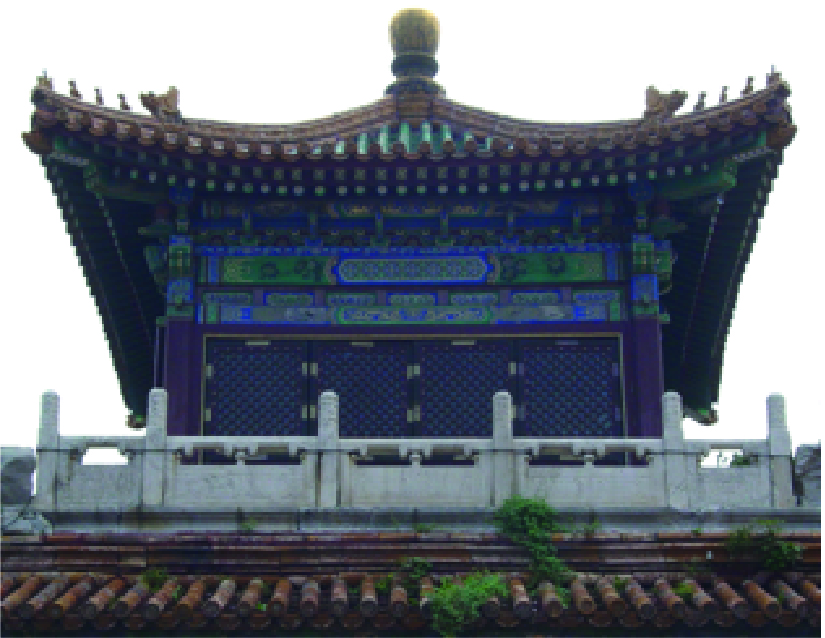FORBIDDEN CITY
beside the temple of heaven, the so-called "forbidden city" or "forbidden palace" is the core attraction of beijing. it is china's best-maintained imperial palace, and the largest historic citadel in the world. every year it has about 15 mio visitors. entrance is the meridian gate. "forbidden" refers to the original rule that only the emperor could grant access or allow leaving.
the forbidden city was built from 1406 to 1420, and many times expanded over the next centuries. it was the palace of the emperors of china until 1912. since 1925 it is controlled by beijing's "palace museum".
the forbidden city contains amost 1000 buildings, and very many of them can now be looked at by the visitors. the sketchy overview map below locates the main features, and shows the waterway running through it. the distance from the meridian gatte in the south to the gate of divine prowess in the north is a about 1 km.
it is impossible to present all that in this gallery. instead, a set of unique views will be shown, to provide at least an impression of this (ex-)palace.
outside of the buildings are impressive sculptures of animals, including lions, turtles and birds. inside are quite a few statues of divine persons.
below the large tiled roofs are highly decorated structures. beams on the roof often carry sets of animals, which are created based in religious concepts.
the main rooms in the palace center were carefully set up, and walls and ceilings highly embellished. this includes spiritual statues. here are some pic's to illustrate this.
in one of the rooms the whole wall contains presentations of dragons, the sacred animal, as a symbolic feature.

a large building is now converted into the museum of the forbidden city.
a special section of it shows models of women (possibly princesses) and men, and of social situations. (may be legal events).
figures which seem to show sovereigns look rather like rough and cruel men - here are two examples..
the forbidden city contains well-setup gardens, the "imperial garden". there are also pavillons for the emperor and his wife(s), or concubine(s).
the exactly rectangular forbidden city~palace is surrounded by a 10-m-high wall, and outside of it is a large moat filled with water. at the four corners are watchtowers - here is one.
in 1987 the forbidden city was made a world heritage site, for obvious reasons - there is certainly no facility of such vigour anywhere else...
